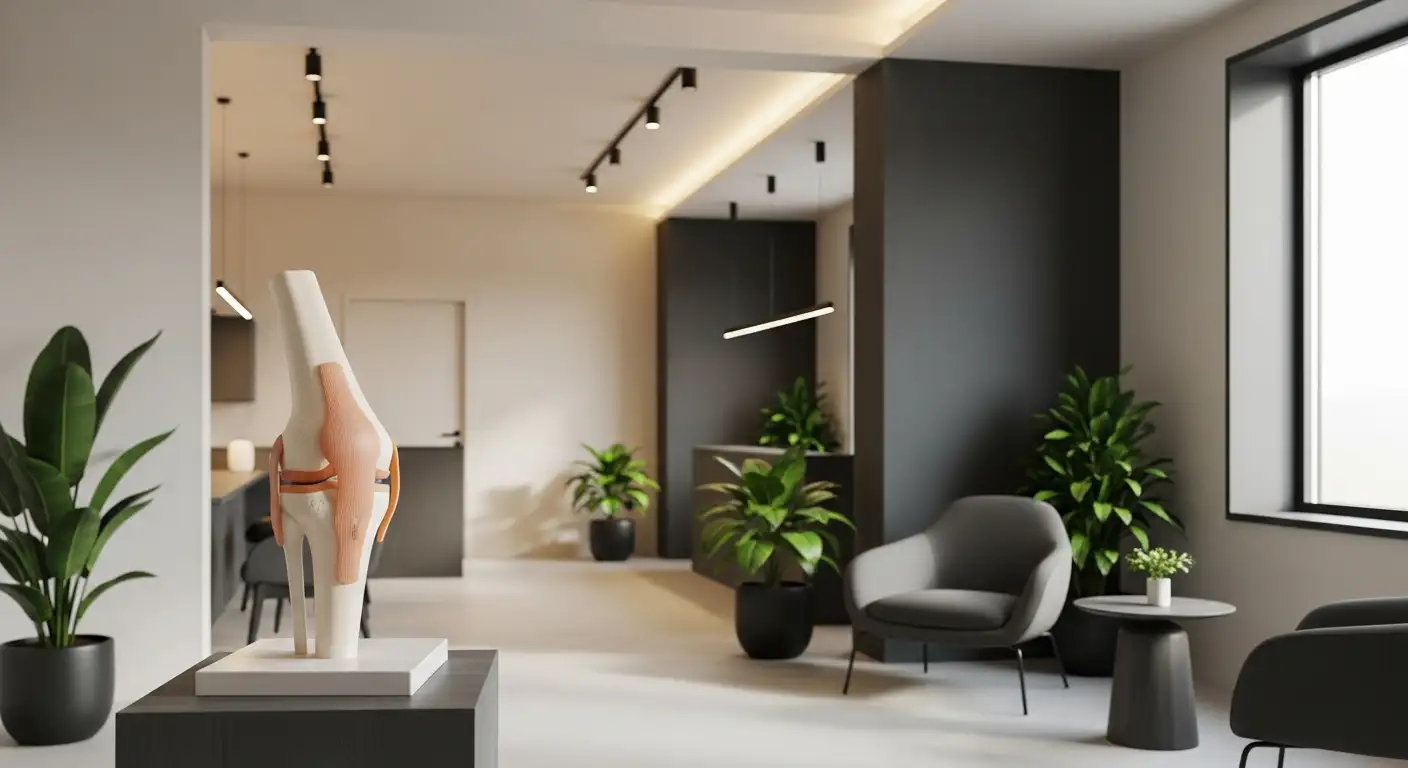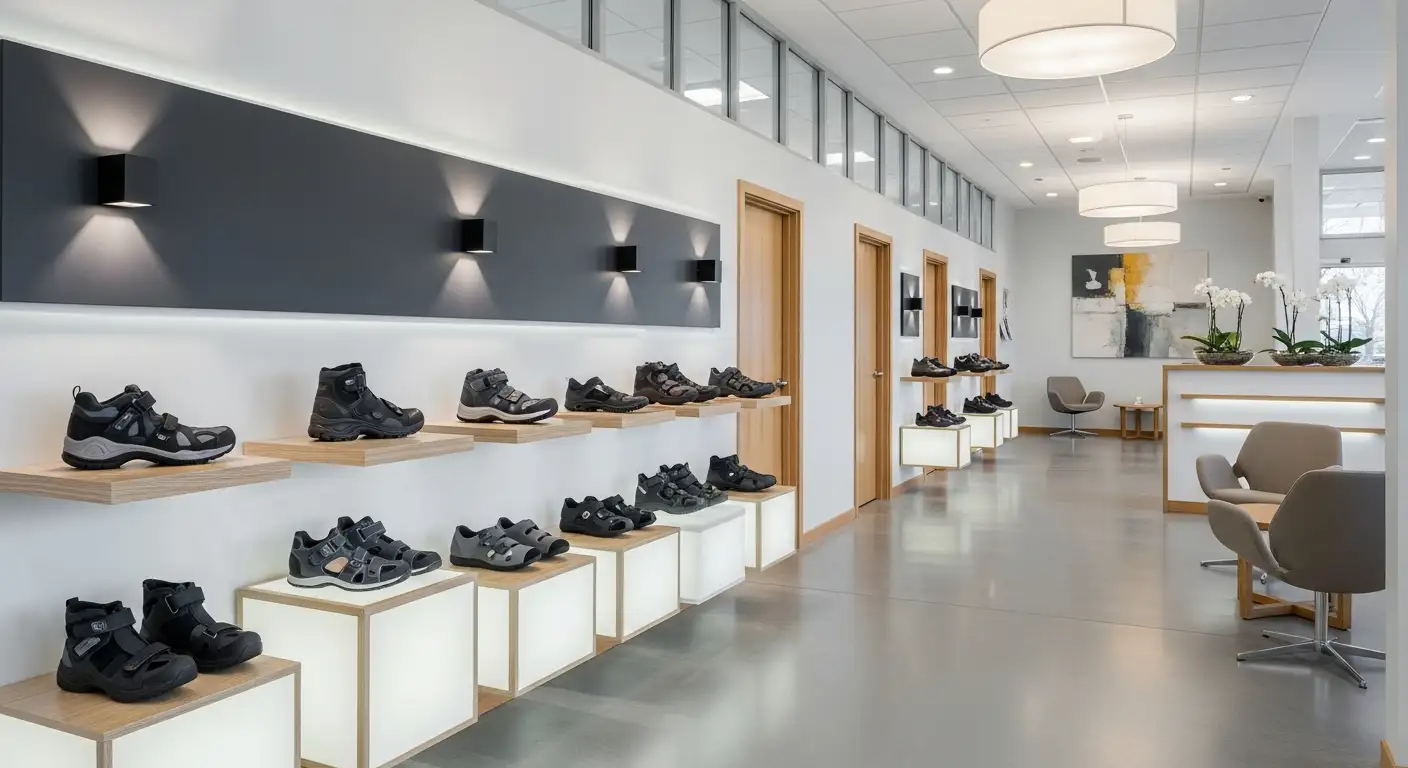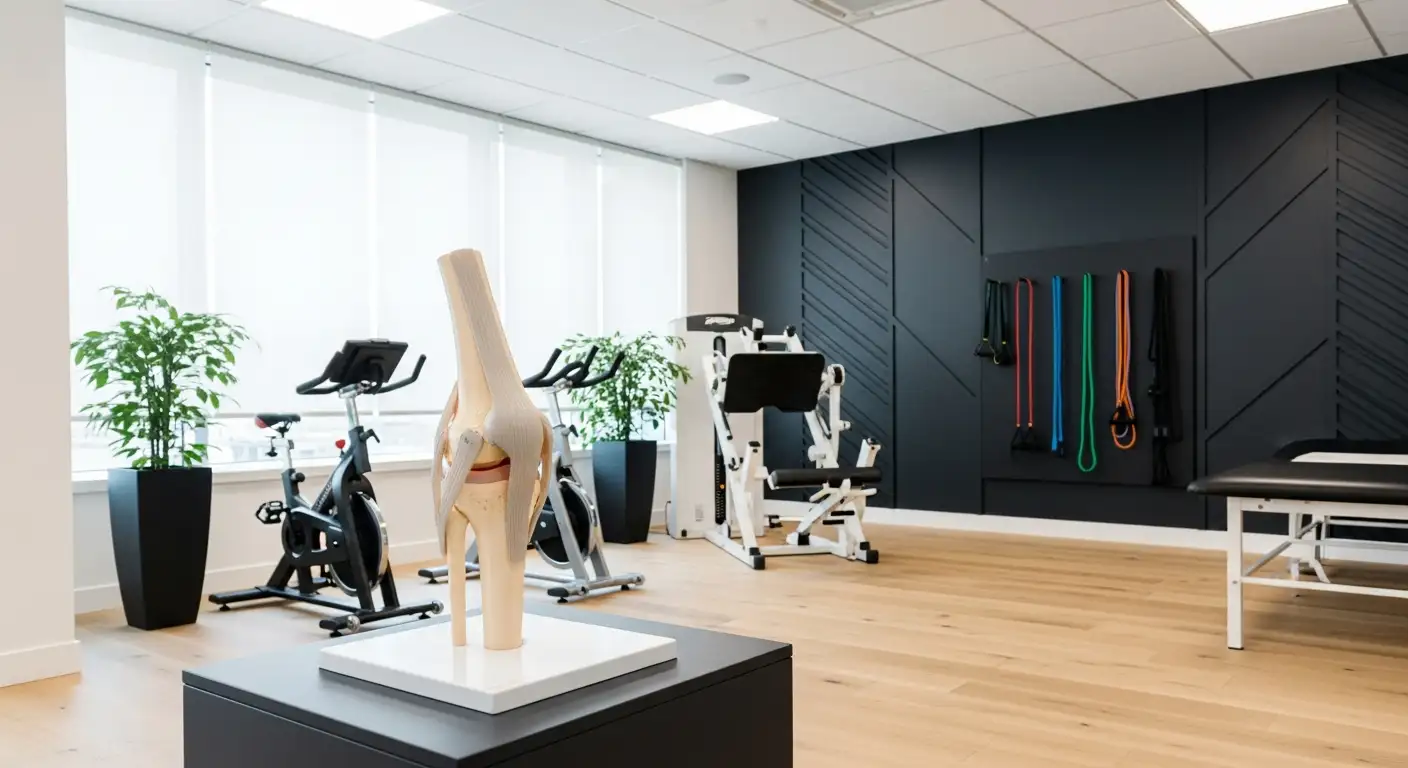Understanding Inner Knee Pain
Inner knee pain when bending is a common complaint among many individuals, and its cause can stem from various conditions. Understanding the potential causes and identifying accompanying symptoms can help guide appropriate treatment and management strategies.
Common Causes of Inner Knee Pain
There are several conditions known to cause inner knee pain when bending. These include, but are not limited to, meniscus tears, medial plica syndrome, pes anserine bursitis, patellar tendonitis, and arthritis. Each of these conditions can impact the knee's function and cause pain, particularly when bending the knee.
Other potential causes include ligament injuries, such as an MCL (medial collateral ligament) tear, which is common in athletes and can induce pain and swelling on the knee's inner part [2].

Symptoms Accompanying Inner Knee Pain
Each of these conditions can present with similar symptoms, including swelling, stiffness, difficulty straightening the knee, and, of course, inner knee pain when bending. However, certain symptoms might hint at a specific condition.
For instance, a meniscus tear may occur along with other knee injuries such as an ACL injury, leading to symptoms such as swelling, stiffness, and difficulty in straightening the knee. Medial Plica Syndrome results in anterior and medial knee pain, tenderness, and an audible clicking sound with knee movements. Pes Anserine Bursitis is characterized by inflammation of the pes anserine bursa, leading to inner knee pain that is often worse when bending the knee [1].
Recognizing these symptoms can help you seek appropriate medical intervention promptly. Nevertheless, it's crucial to consult with a healthcare provider for an accurate diagnosis and treatment plan for inner knee pain when bending.
In-depth Look at Knee Conditions
Understanding the underlying conditions causing inner knee pain when bending is essential for seeking appropriate treatment. While there could be numerous causes, three conditions commonly associated with this type of pain are meniscus tears, medial plica syndrome, and pes anserine bursitis.
Meniscus Tears and Inner Knee Pain
A meniscus tear is often a result of sudden, forceful twisting movements of the knee. Such tears are frequently sports-related injuries, particularly in activities involving twisting or rotating the knee. Key symptoms of a meniscus tear include inner knee pain, swelling, stiffness, and difficulty fully bending the knee [1]. Also, inner knee pain from a meniscus tear could occur along with other knee injuries, such as an ACL injury.
Medial Plica Syndrome and Inner Knee Pain
Medial plica syndrome is a condition where the plica, a fold in the knee joint lining, becomes irritated and inflamed. It can cause inner knee pain, especially with bending or straightening the knee, along with popping or snapping sensations. This syndrome is another common cause of inner knee pain when bending and can lead to discomfort and limited knee mobility.
Pes Anserine Bursitis and Inner Knee Pain
Pes anserine bursitis is an inflammation of the bursa located on the inner side of the knee. This condition can lead to inner knee pain when bending or straightening the knee [1].
By understanding these conditions, one can take proactive steps in managing their knee health and lifestyle. It's important to remember that professional medical consultation is crucial when experiencing persistent inner knee pain when bending. Medical professionals can provide accurate diagnoses and effective treatment plans tailored to the individual's conditions and needs.
Knee Pain in Athletes
Athletes, due to the nature of their activities, often put a lot of stress on their knees, which may result in various conditions that cause inner knee pain when bending. This section will discuss Patellar Tendonitis and the impact of high-impact sports on the knee.
Patellar Tendonitis and Inner Knee Pain
Patellar tendonitis, also known as jumper’s knee, is a common condition that can lead to inner knee pain when bending. This condition often affects athletes who participate in sports that involve jumping and running. It is characterized by inflammation of the patellar tendon, which connects the kneecap to the shinbone.
When an athlete repeatedly strains this tendon, it can lead to microtears, inflammation, and ultimately pain, especially when bending the knee. Symptoms accompanying patellar tendonitis may include swelling, popping or clicking sounds, and difficulty bearing weight on the affected leg [4].
Impact of High-Impact Sports on Knee
High-impact sports, which involve a lot of stopping, starting, and changing direction quickly, can put athletes at a higher risk of experiencing inner knee pain when bending. These sports include football, basketball, tennis, and volleyball.
The knee is subjected to a lot of stress during these movements, which can lead to various knee injuries and conditions. These include meniscus tears, ligament injuries, arthritis, and tendinitis, all of which can result in inner knee pain [4].
Moreover, Pes anserine bursitis, an inflammation of the bursa located between the shinbone and three tendons of the hamstring muscles on the inner side of the knee, is another cause of inner knee pain in athletes. This condition is often seen in runners [4].
The increased risk of these conditions in high-impact sports highlights the importance of proper training, use of appropriate gear, and regular strengthening exercises for athletes. To prevent these conditions, athletes should ensure they are using the right techniques, warming up properly, and giving their bodies adequate time to rest and recover.
Treatment Options for Inner Knee Pain
Experiencing inner knee pain when bending can be a debilitating condition. However, there are various treatment options available that can help manage this type of knee pain. This section covers the role of physical therapy, medications for managing pain, and instances when surgery might be necessary.
Role of Physical Therapy
Physical therapy is a common and effective treatment option for inner knee pain when bending. This non-invasive approach helps improve strength, flexibility, and range of motion in the knee joint. It typically involves exercises aimed at strengthening the muscles around the knee and improving its overall function. This can help reduce pain and prevent further injury.
In addition to exercises, physical therapy might also incorporate other elements such as the RICE method - rest, ice, compression, and elevation. These techniques can help alleviate pain and swelling in the affected knee. It is important to remember that physical therapy should be conducted under the guidance of a professional to ensure the techniques are performed correctly and safely.
Medications for Managing Pain
Over-the-counter pain relievers, such as acetaminophen or ibuprofen, can help manage inner knee pain. These medications work by reducing pain and inflammation in the knee. They can be effective for temporary relief, especially when the pain is mild to moderate.
However, these medications should be used as directed by a healthcare provider, as long-term or excessive use can lead to side effects. If over-the-counter medications are not effective in managing the pain, your healthcare provider may recommend prescription pain relievers or anti-inflammatory drugs.
When Surgery Is Needed
In severe cases or when conservative treatment options are not effective, surgery may be necessary to treat inner knee pain when bending. The type of surgery will depend on the underlying cause of the pain. This could include procedures such as meniscus repair or knee replacement surgery.
Surgery is usually considered as a last resort and is typically recommended only when the pain is severe, has not improved with conservative treatments, or is significantly impacting the individual's quality of life. As with any surgical procedure, there are risks involved, and as such, the decision should be made in consultation with a qualified healthcare provider.
To effectively manage inner knee pain when bending, it's crucial to get a proper diagnosis and follow a treatment plan tailored to your specific condition. This often involves a combination of physical therapy, medications, and in some cases, surgery. If you are experiencing persistent inner knee pain when bending, it's important to consult with a healthcare provider to determine the best course of treatment.
Preventive Measures and Lifestyle Modifications
To avoid inner knee pain when bending, certain preventive measures and lifestyle modifications can be beneficial. These include the adoption of proper athletic techniques, regular exercise and stretching, and professional consultations.
Importance of Proper Athletic Techniques
Proper athletic techniques play a crucial role in preventing inner knee pain. Whether participating in high-impact sports or everyday physical activities, it's vital to ensure correct form and technique to avoid undue stress on the knee joint. This includes proper running form, correct lifting techniques, and using suitable equipment for specific sports. Adhering to these practices can help maintain the health of the knee and reduce the risk of injuries that could lead to inner knee pain when bending.
Role of Regular Exercise and Stretching
Regular exercise and stretching are equally essential in preventing knee pain. Strengthening the muscles that support the knee, such as the quadriceps and hamstrings, can improve the stability of the joint and reduce the likelihood of injury. Similarly, stretching can improve flexibility and range of motion, reducing the risk of strains and sprains that could lead to knee pain. It's important to include a mix of strength training, aerobic exercise, and flexibility workouts to ensure comprehensive knee health [3].
Importance of Professional Consultation
While these preventive measures can significantly reduce the risk of inner knee pain when bending, it's important to consult a healthcare professional if pain or discomfort persists. A healthcare provider can provide a thorough evaluation, diagnose the underlying cause of the pain, and recommend appropriate treatment options. Additionally, they can provide personalized advice on preventive measures and lifestyle modifications based on individual health statuses and needs.
In summary, the prevention of inner knee pain when bending incorporates multiple factors, including proper athletic techniques, regular exercise, stretching, and professional consultation. By adhering to these practices, it's possible to maintain knee health and reduce the risk of developing knee pain.
References
[1]: https://www.medicalnewstoday.com/articles/321065
[2]: https://www.mayoclinic.org/symptoms/knee-pain/basics/when-to-see-doctor/sym-20050688
[3]: https://www.knee-pain-explained.com/medial-knee-pain.html
[4]: https://www.healthline.com/health/inner-knee-pain
[5]: https://www.mayoclinic.org/diseases-conditions/knee-pain/diagnosis-treatment/drc-20350855




